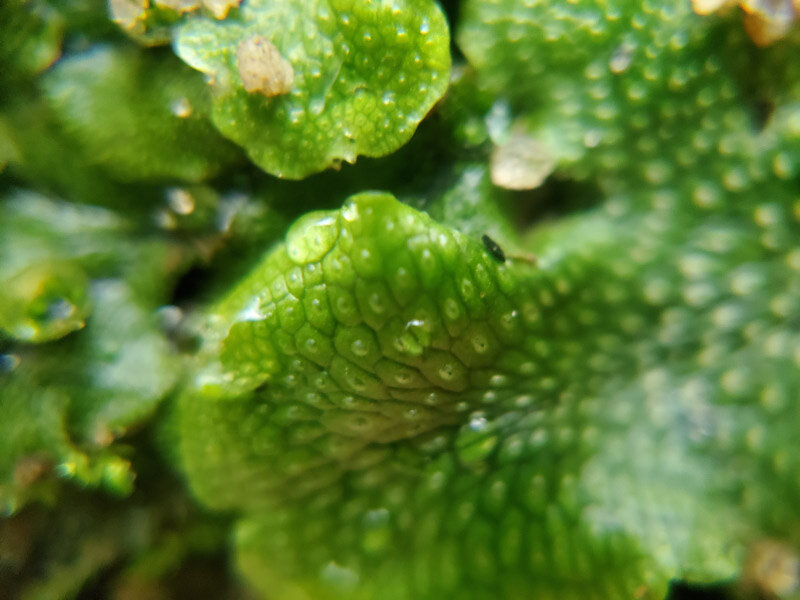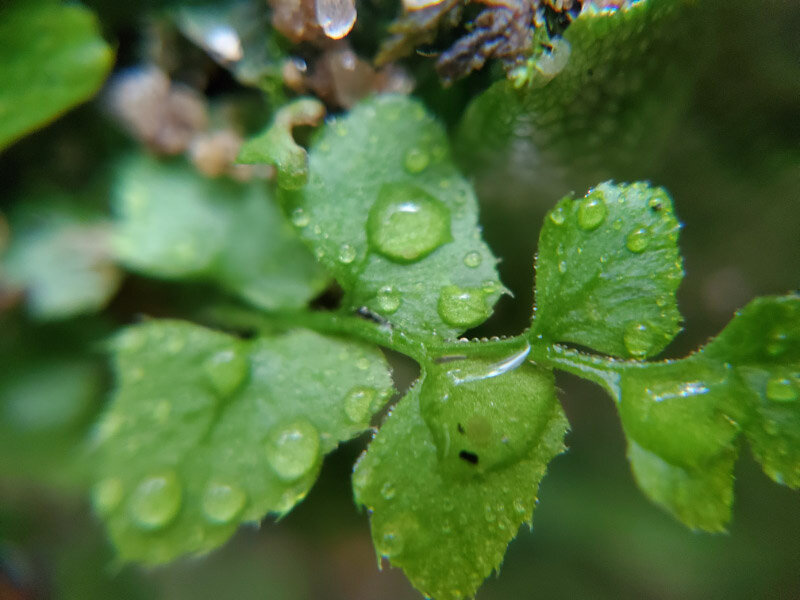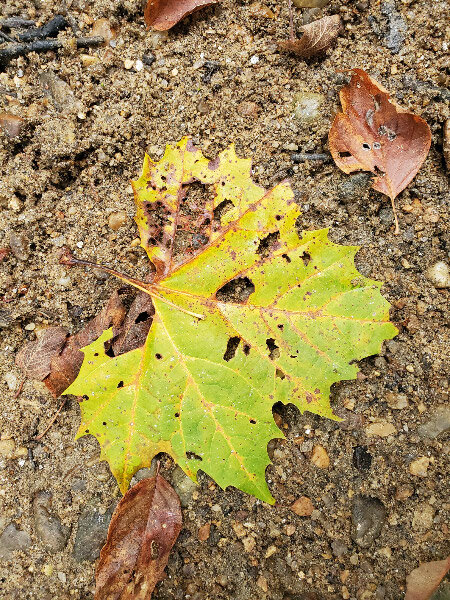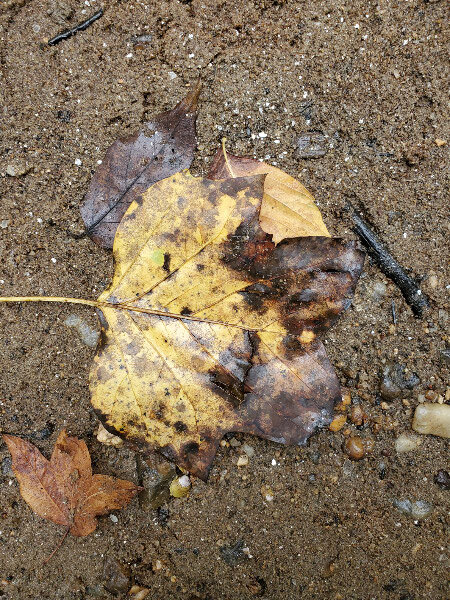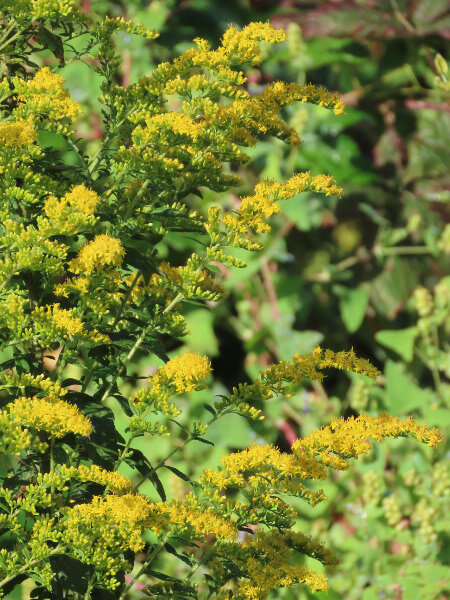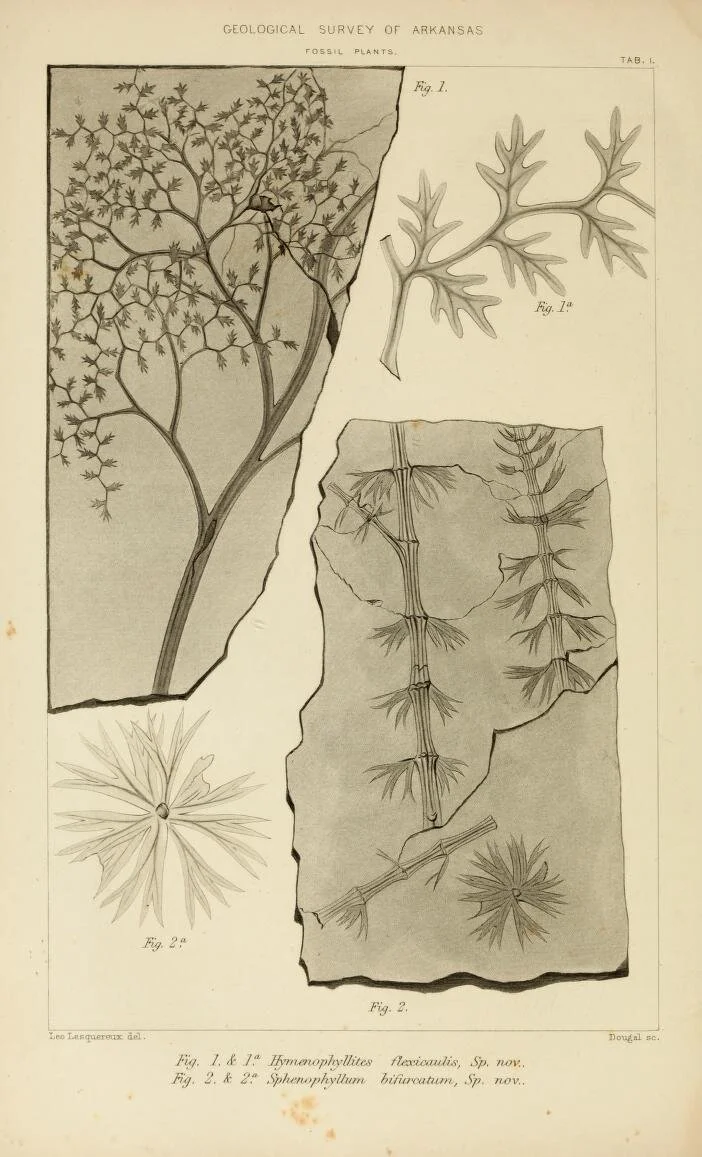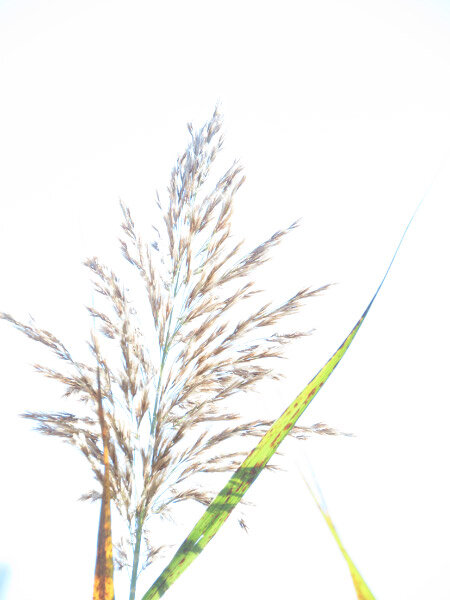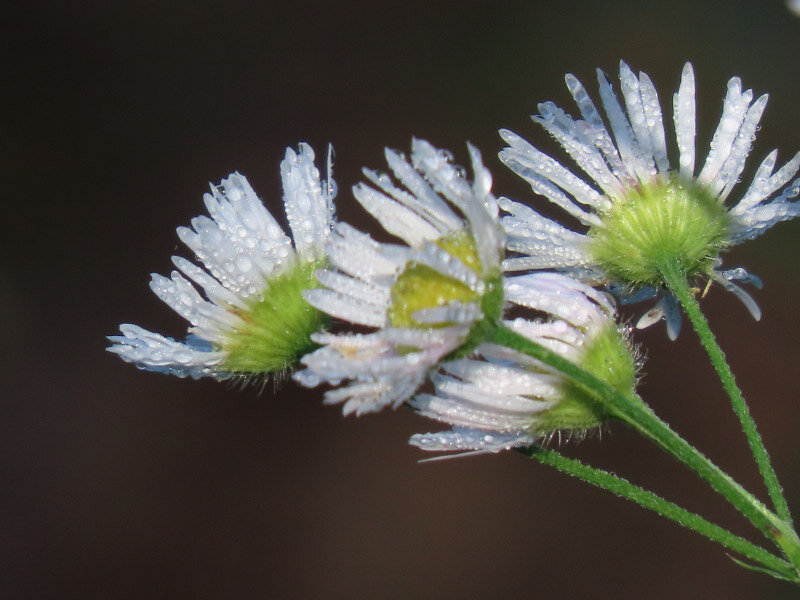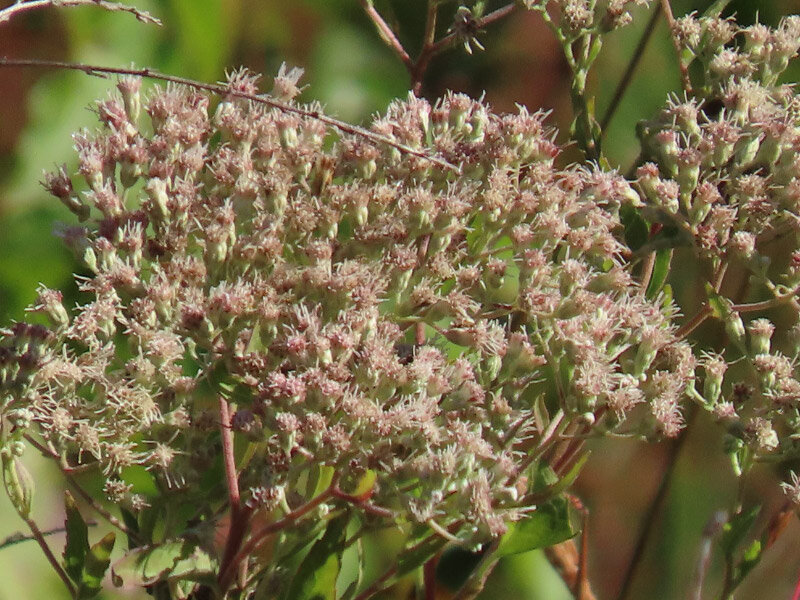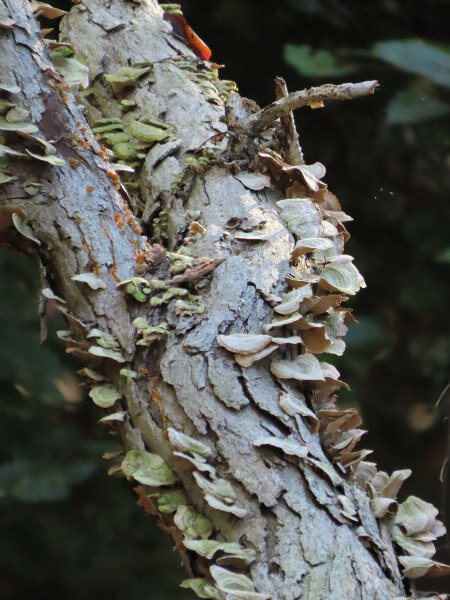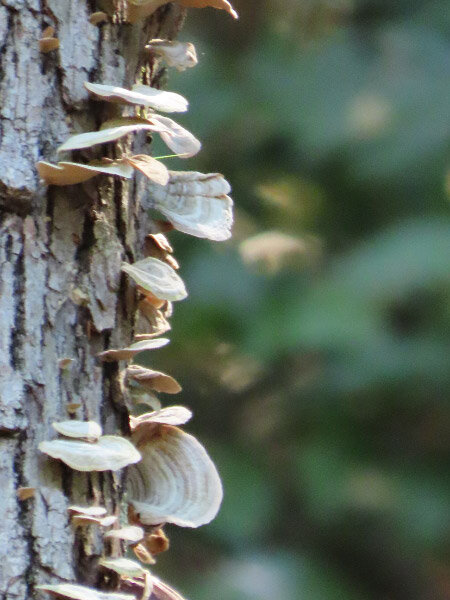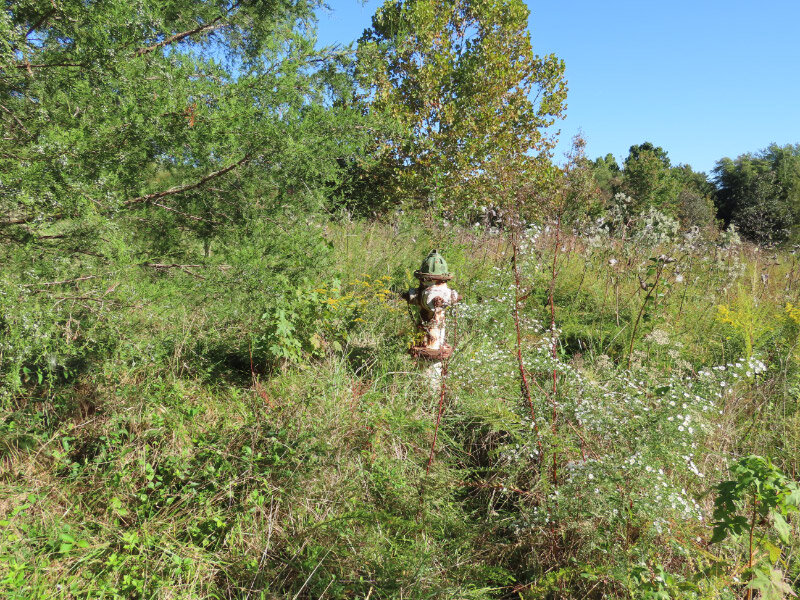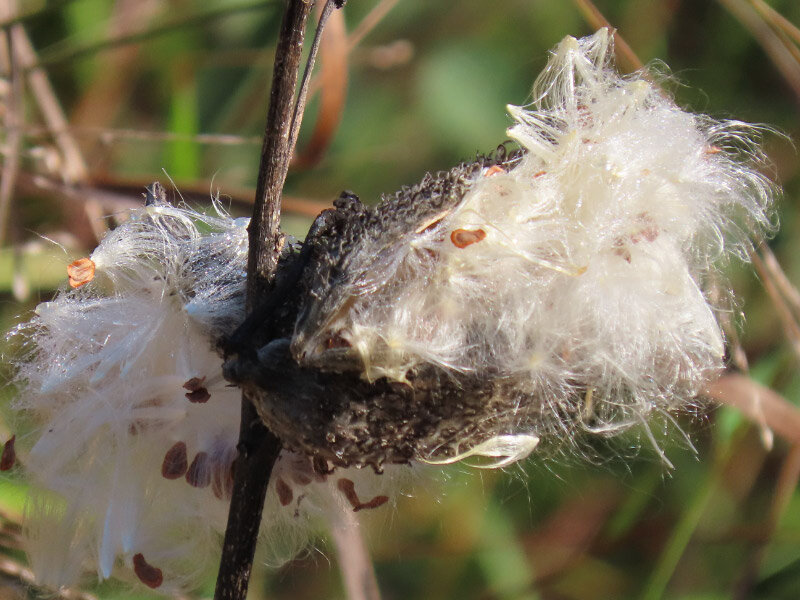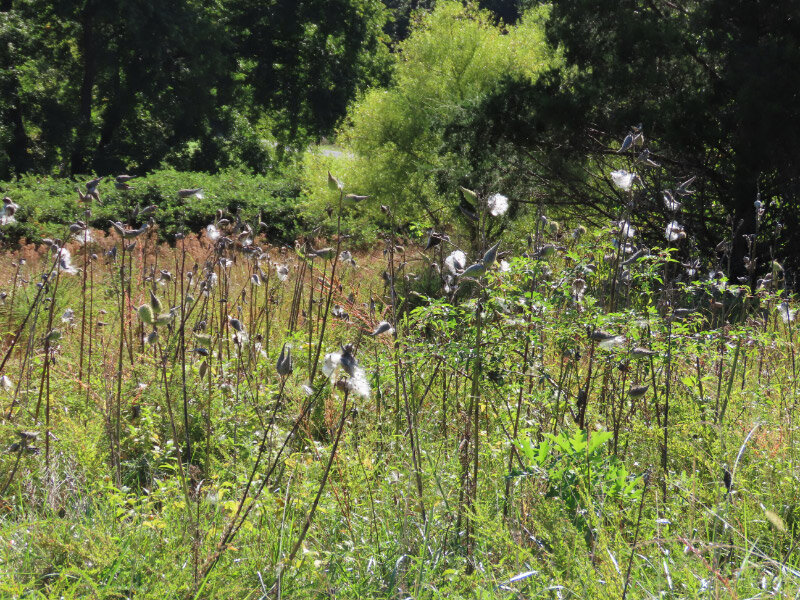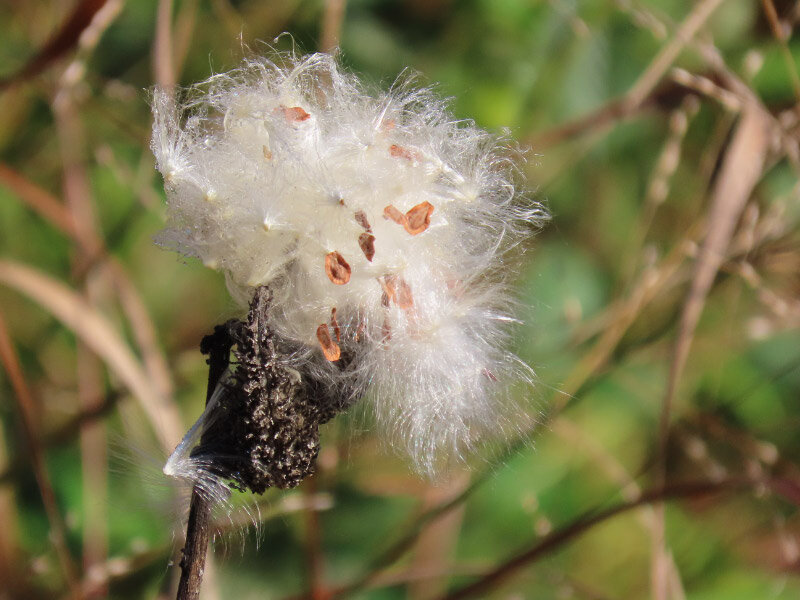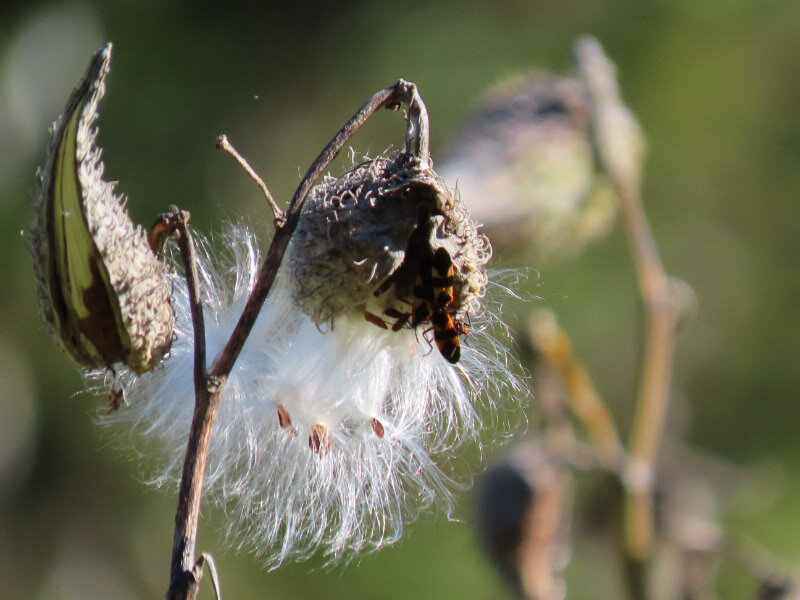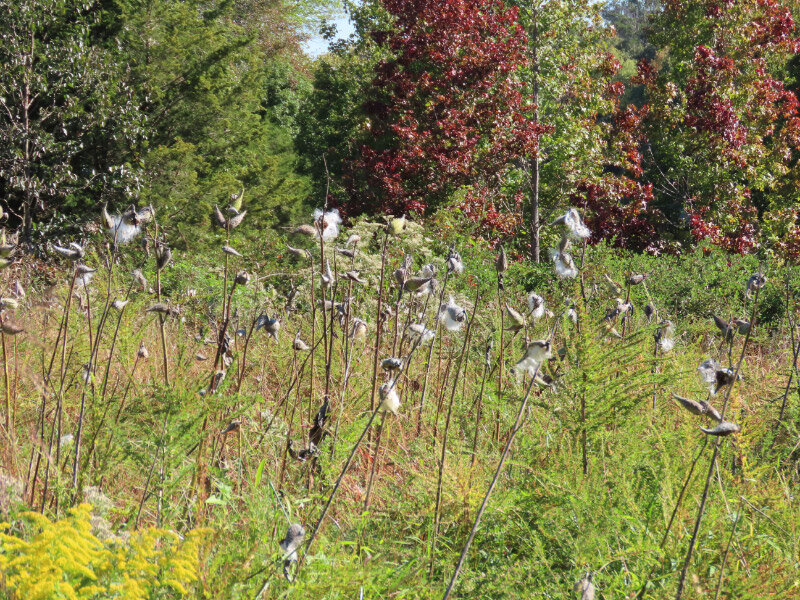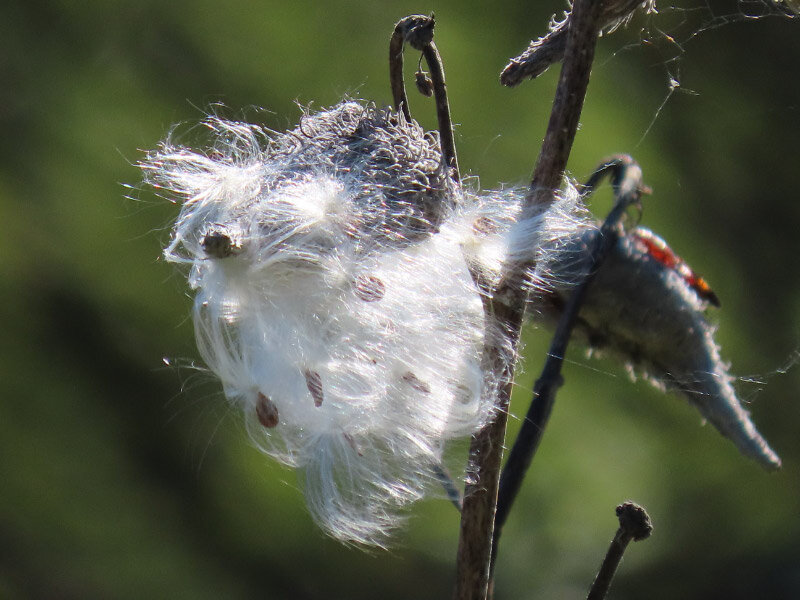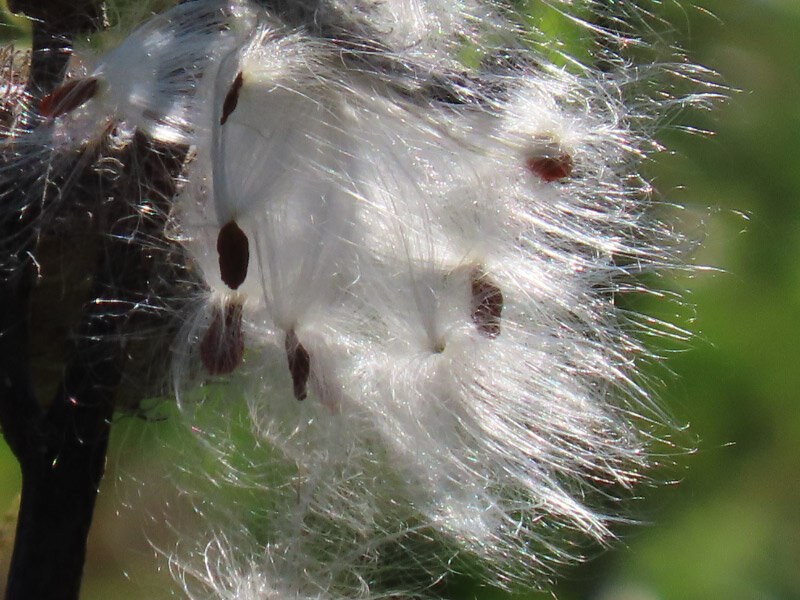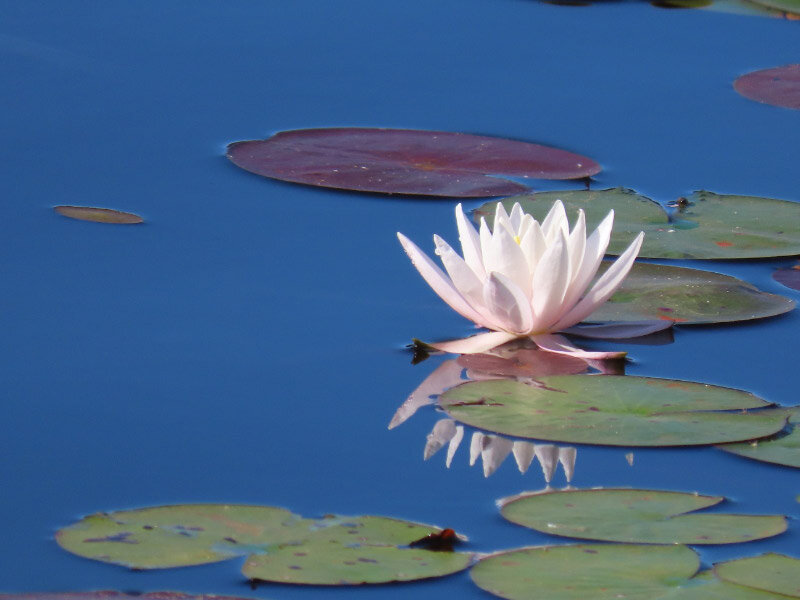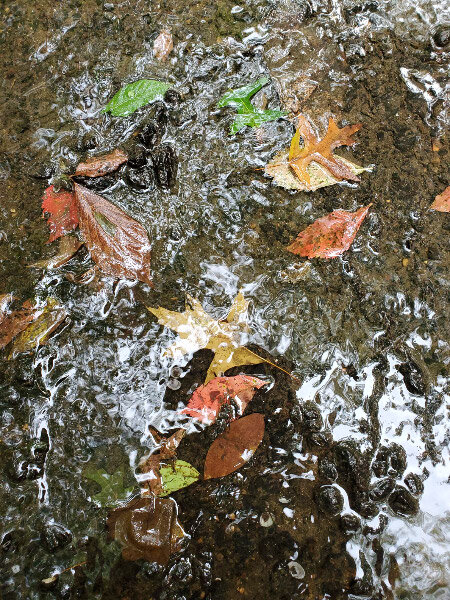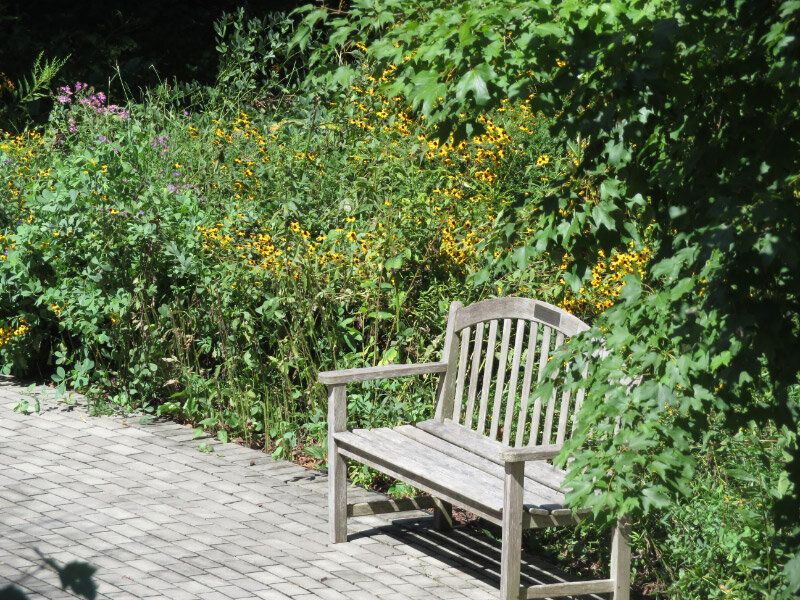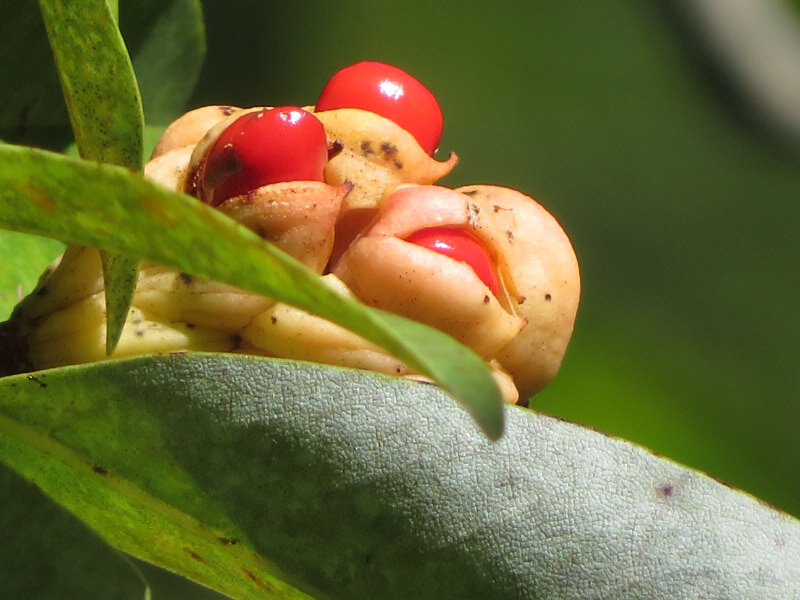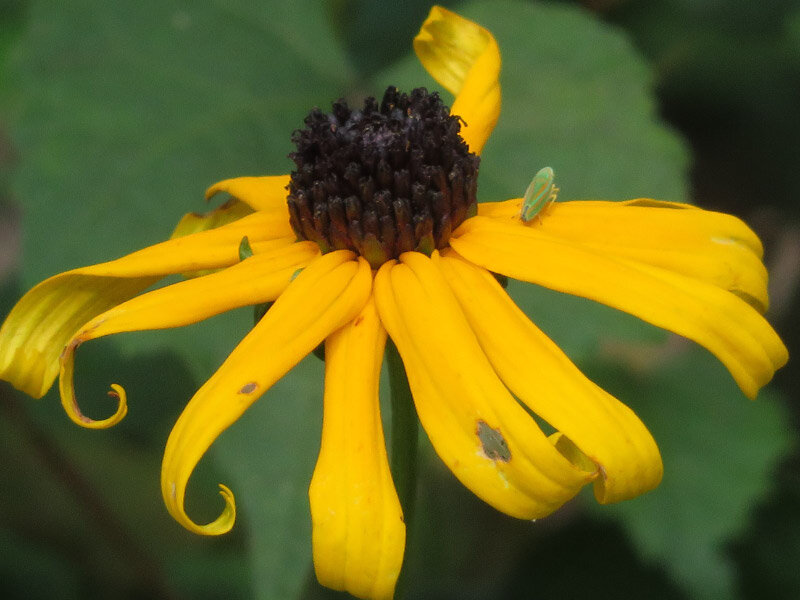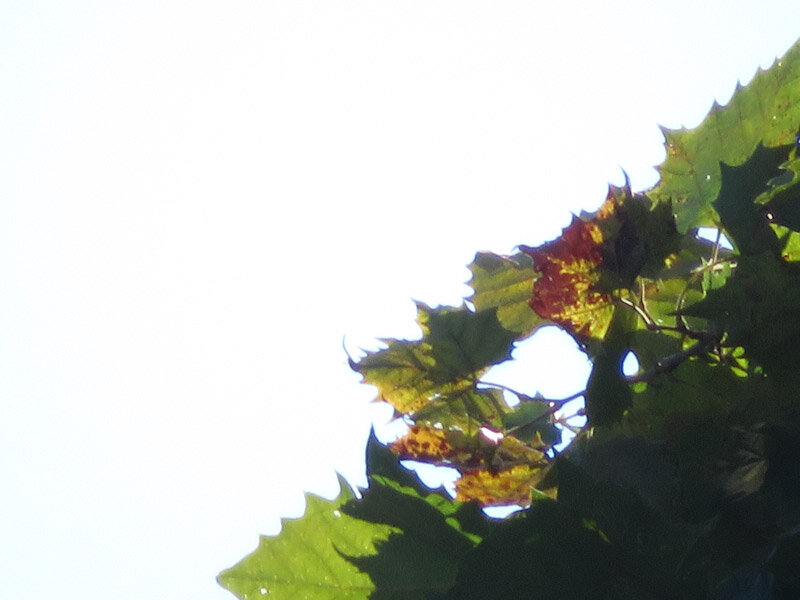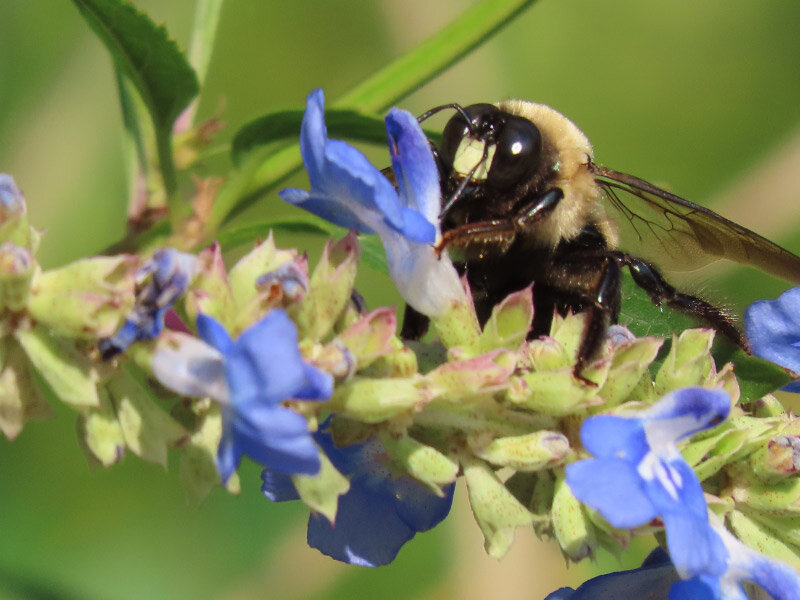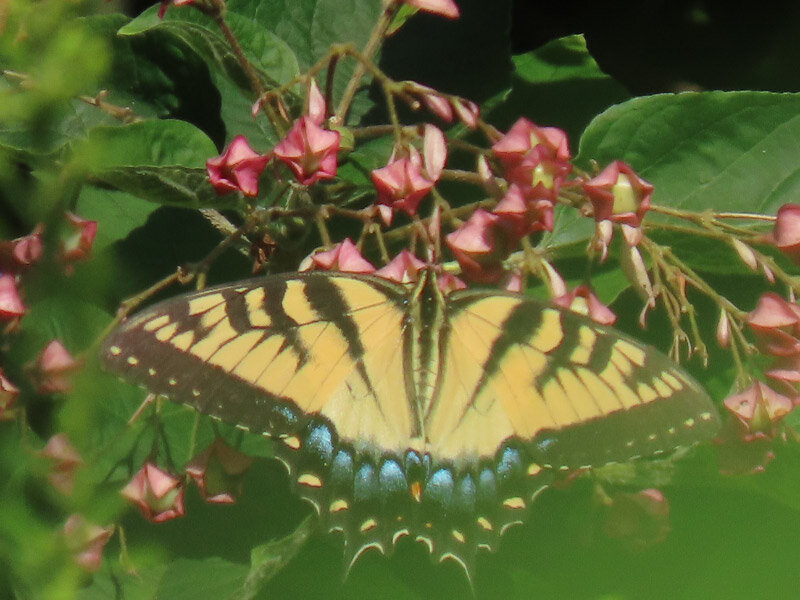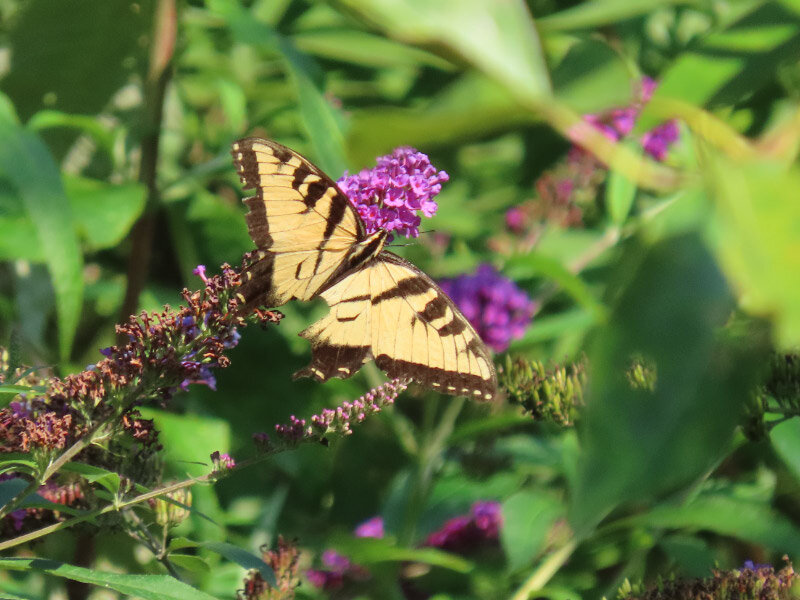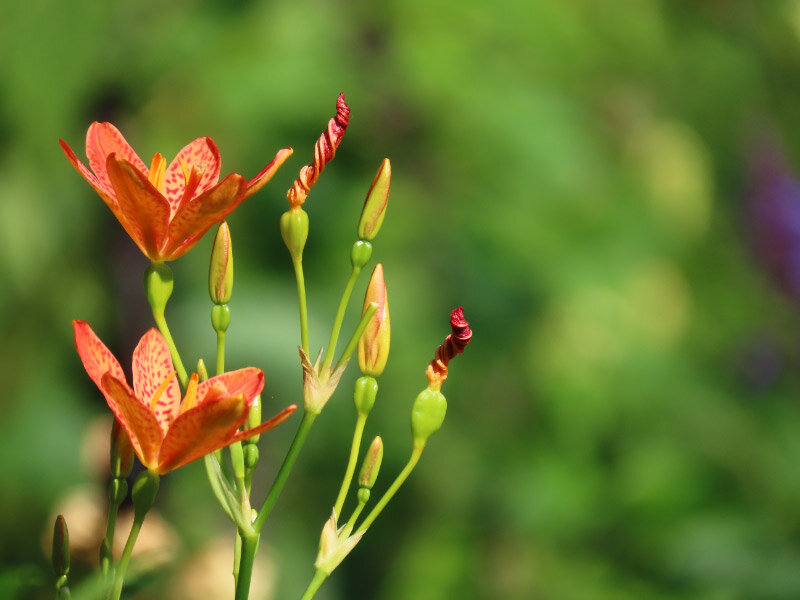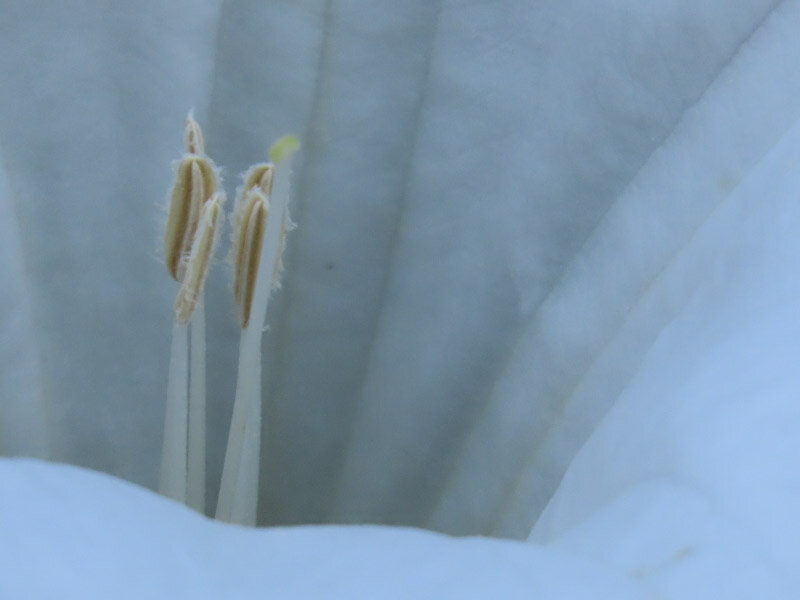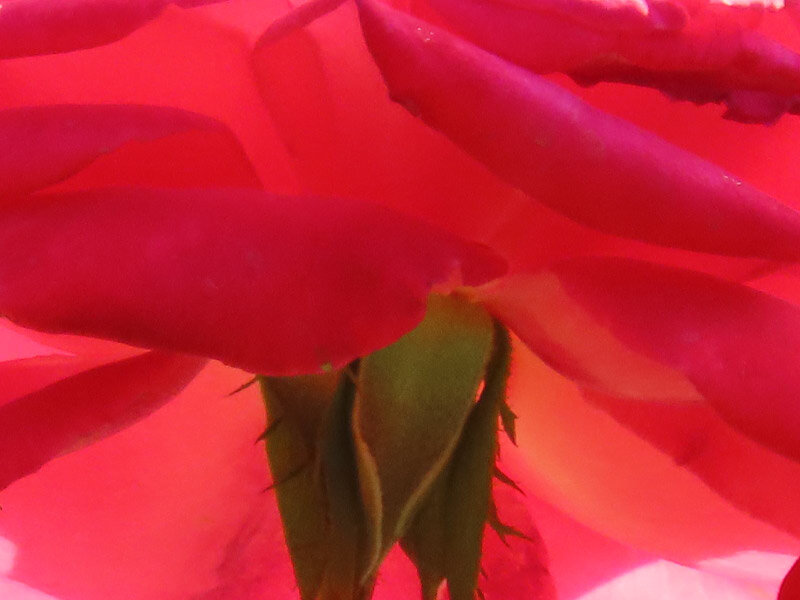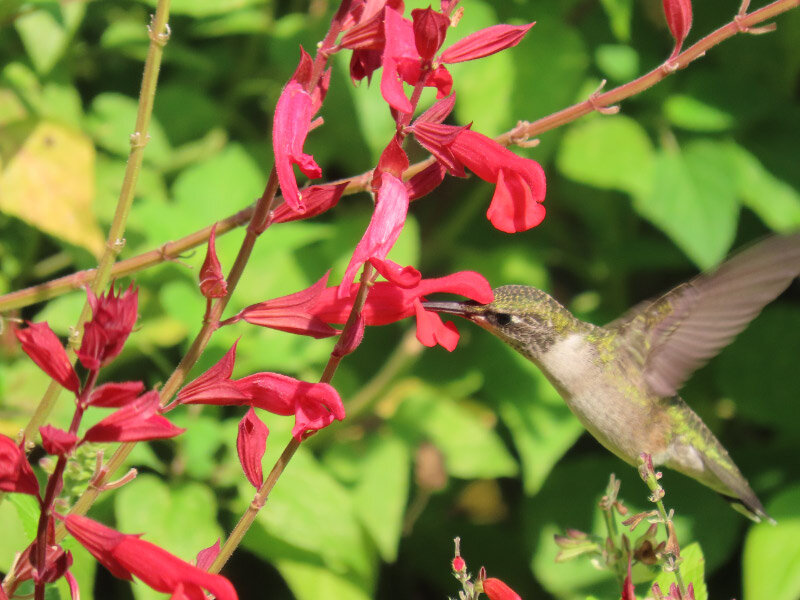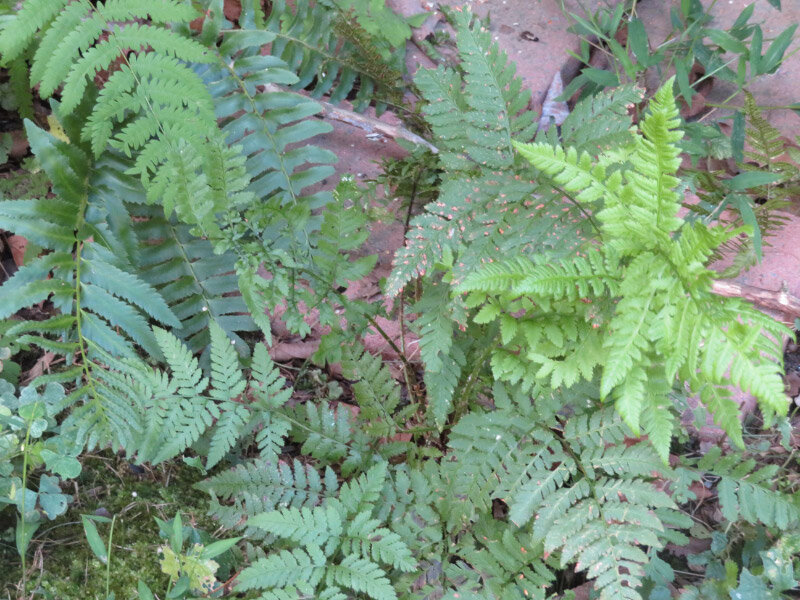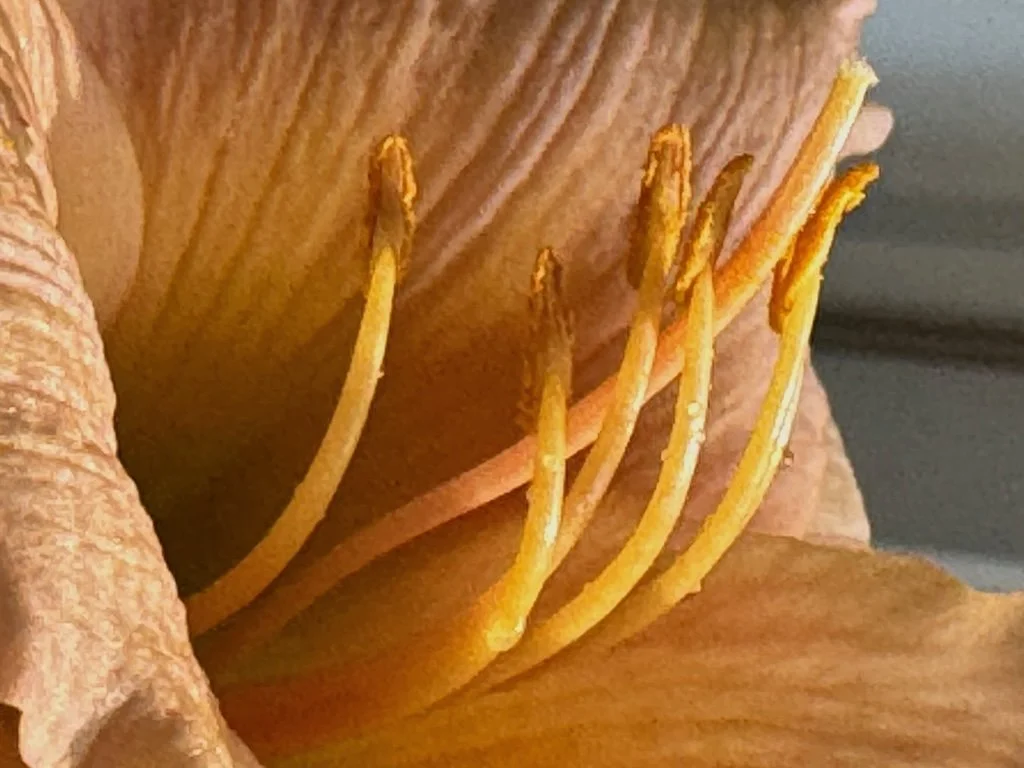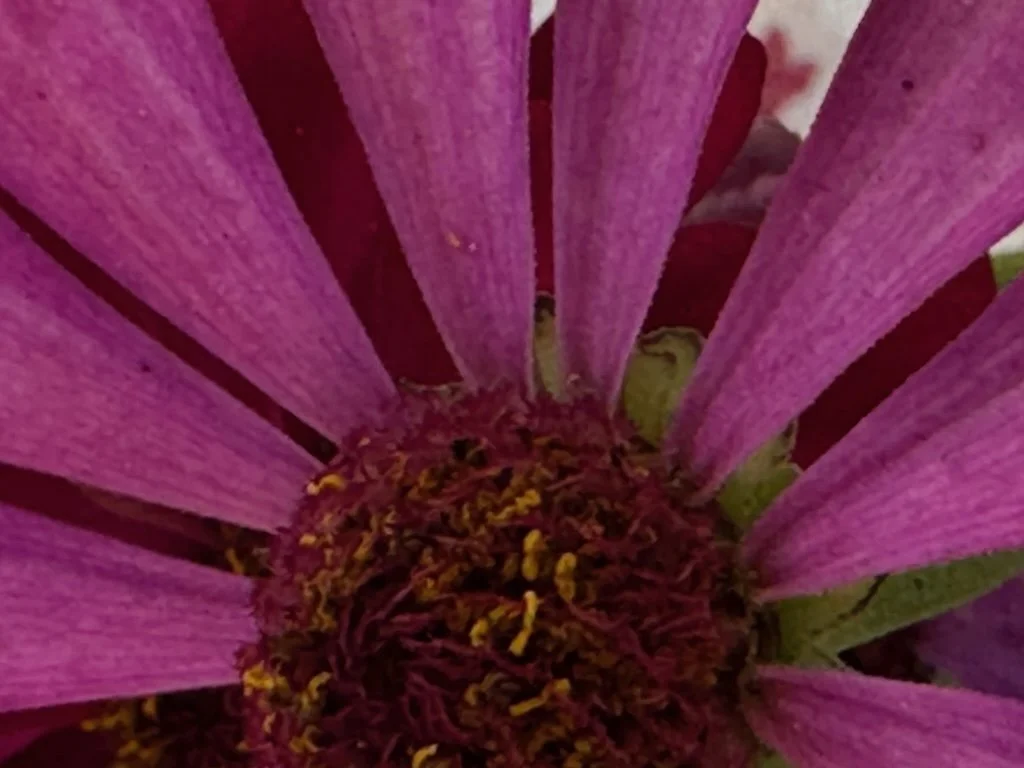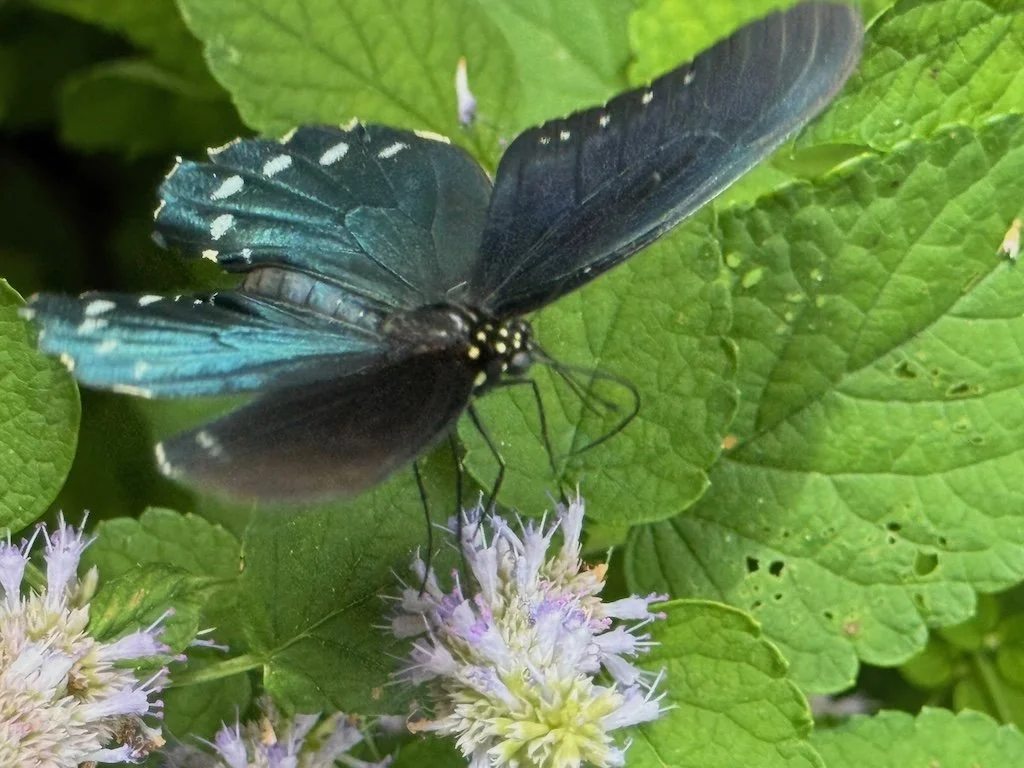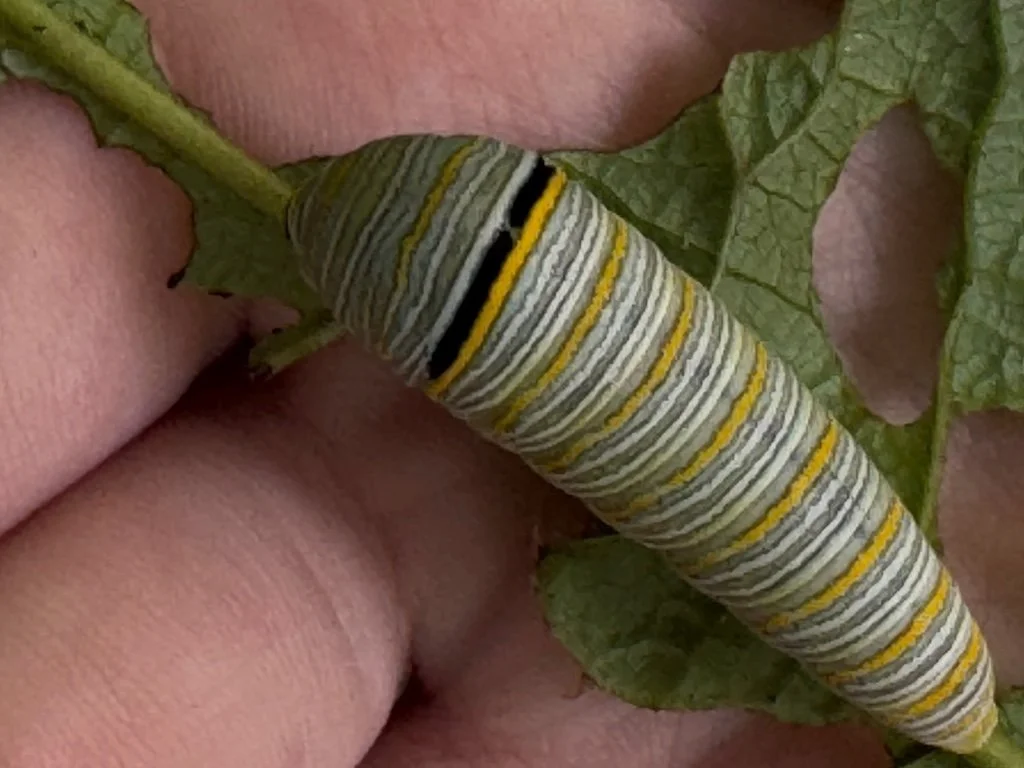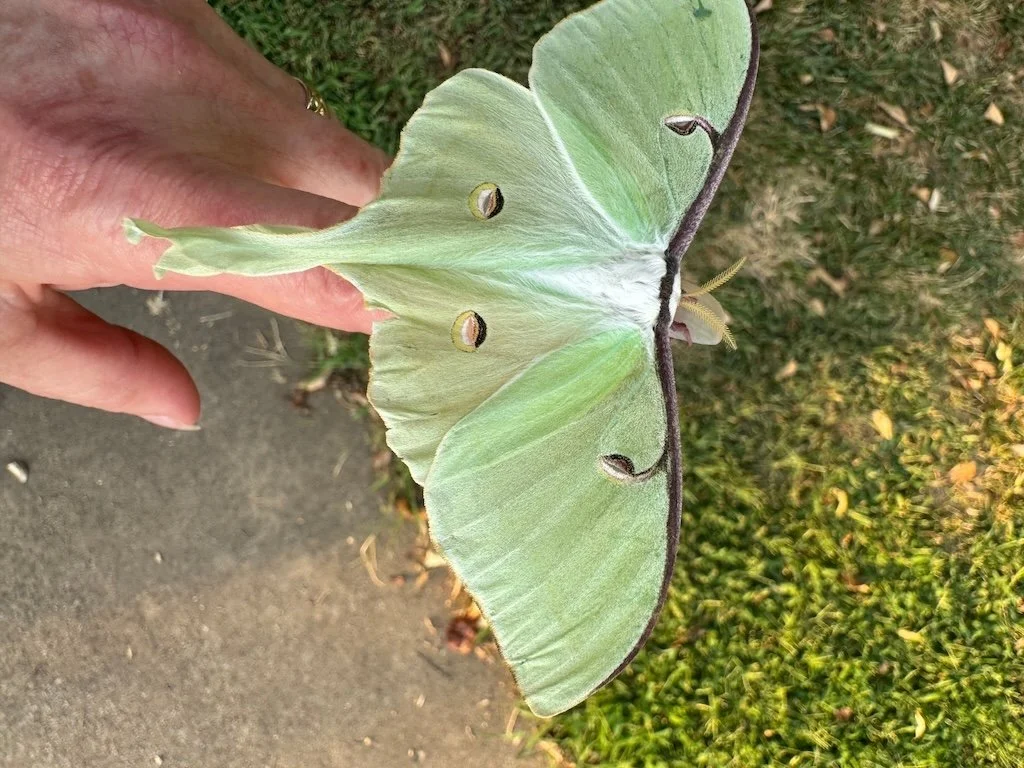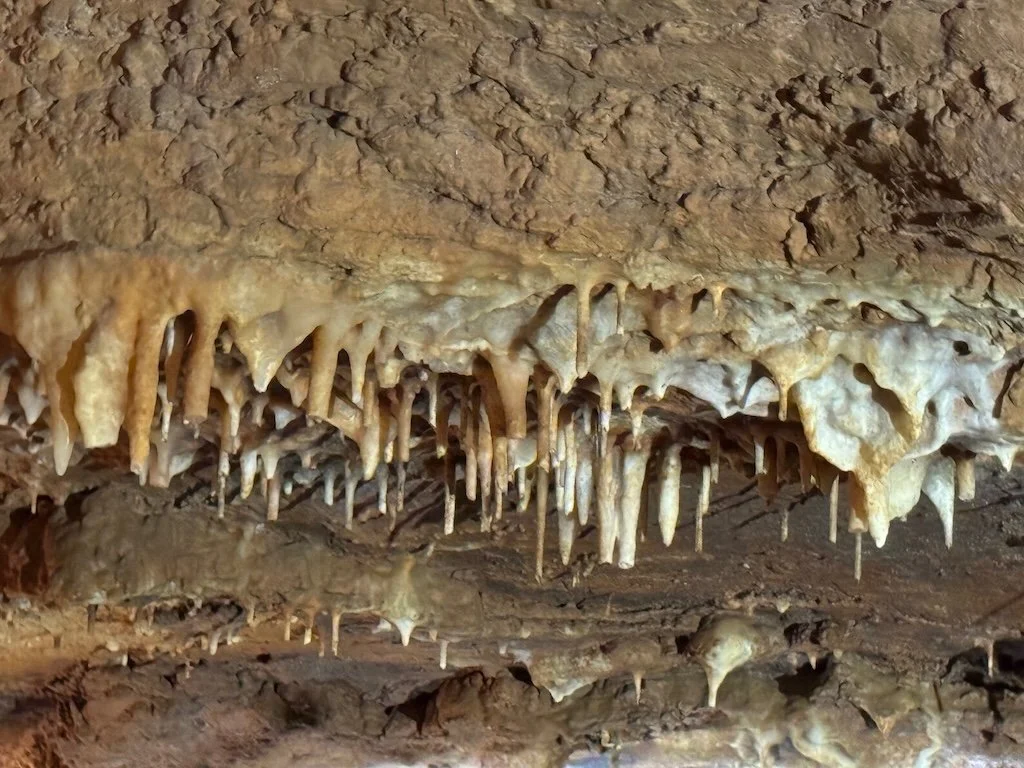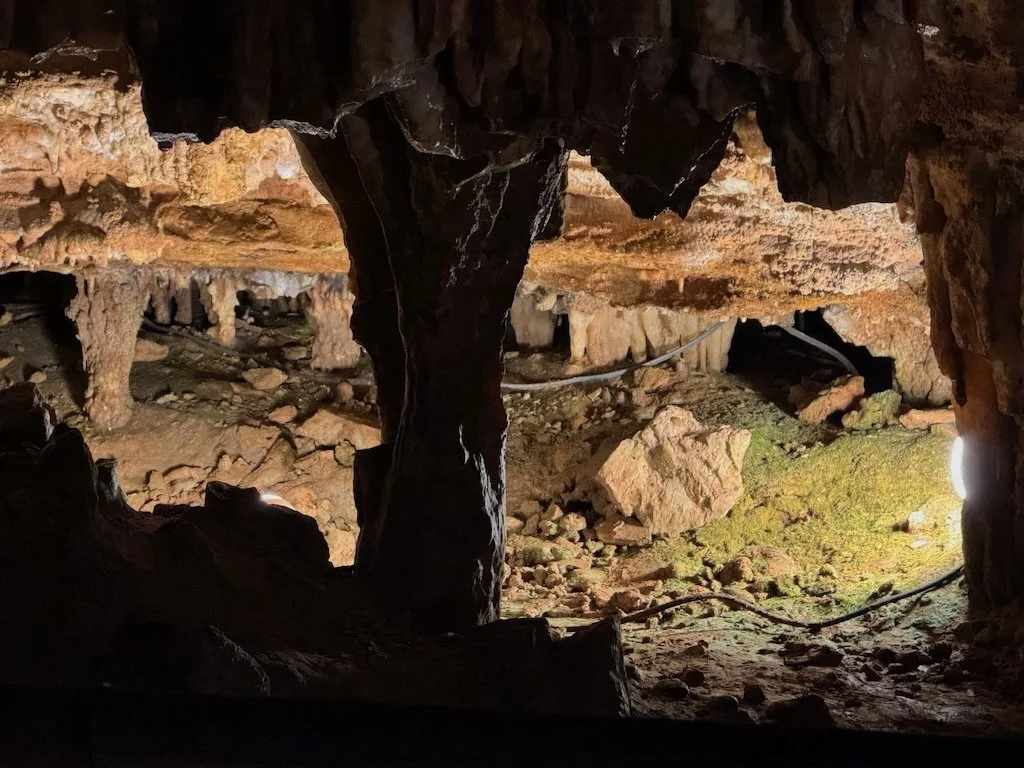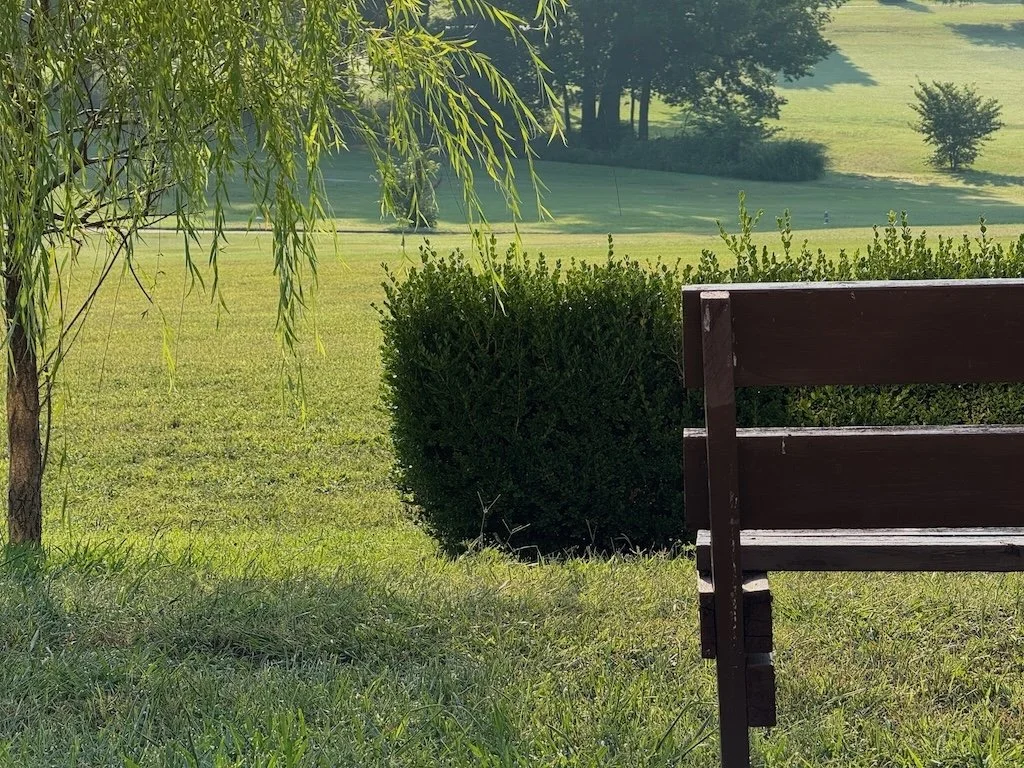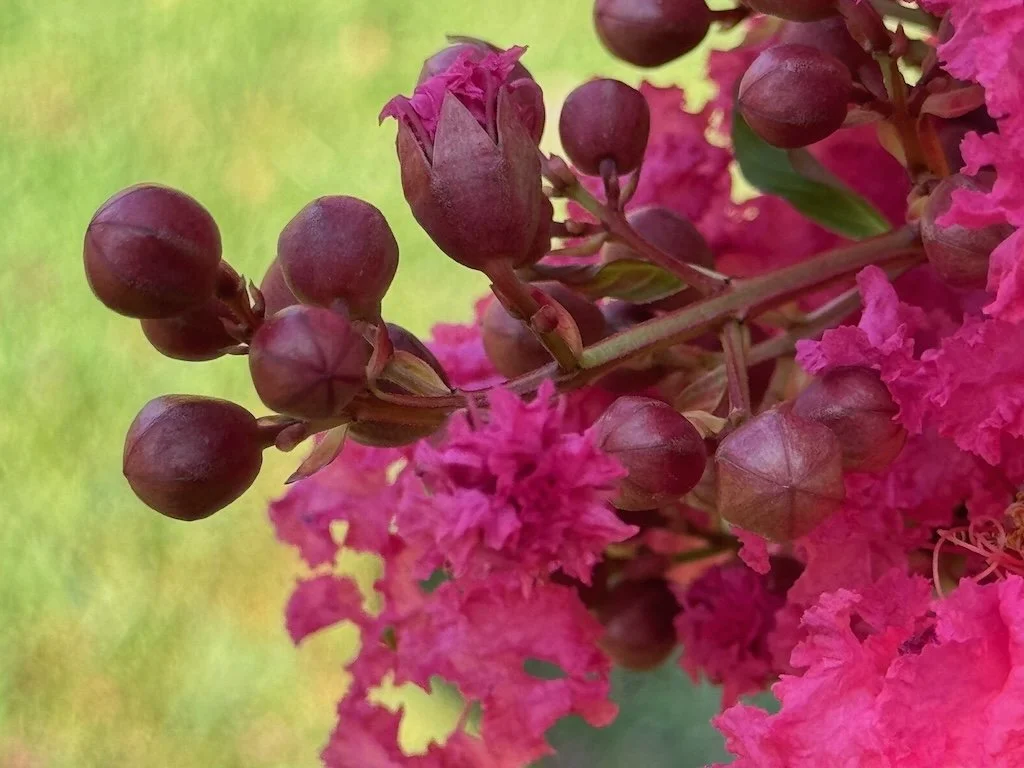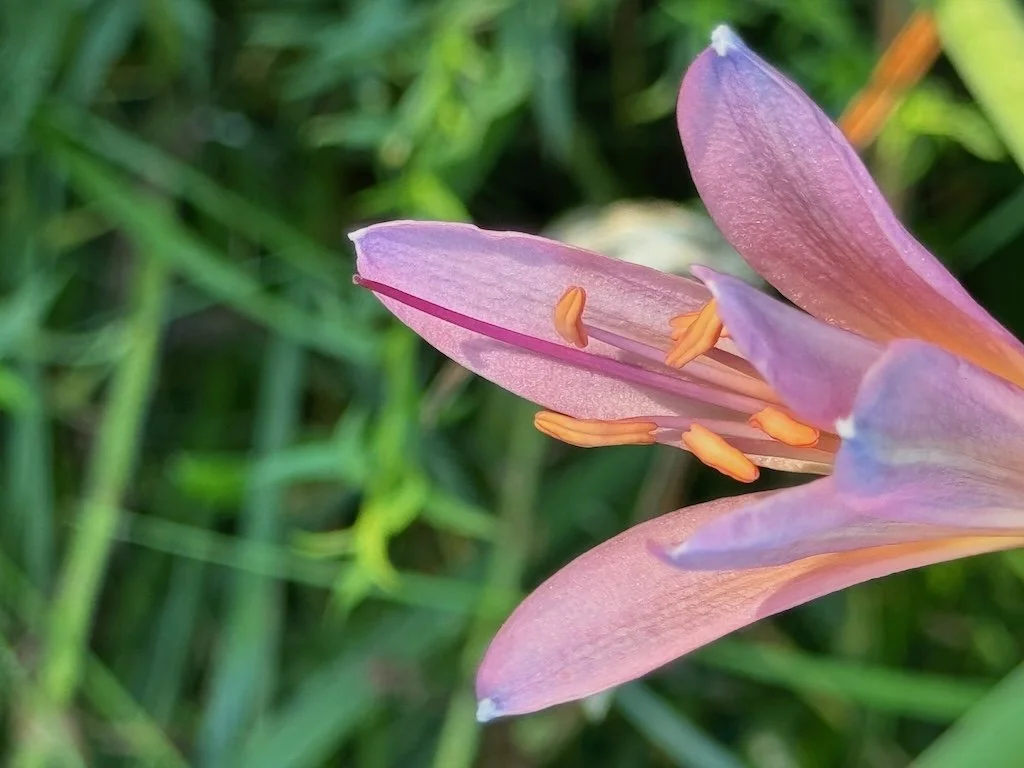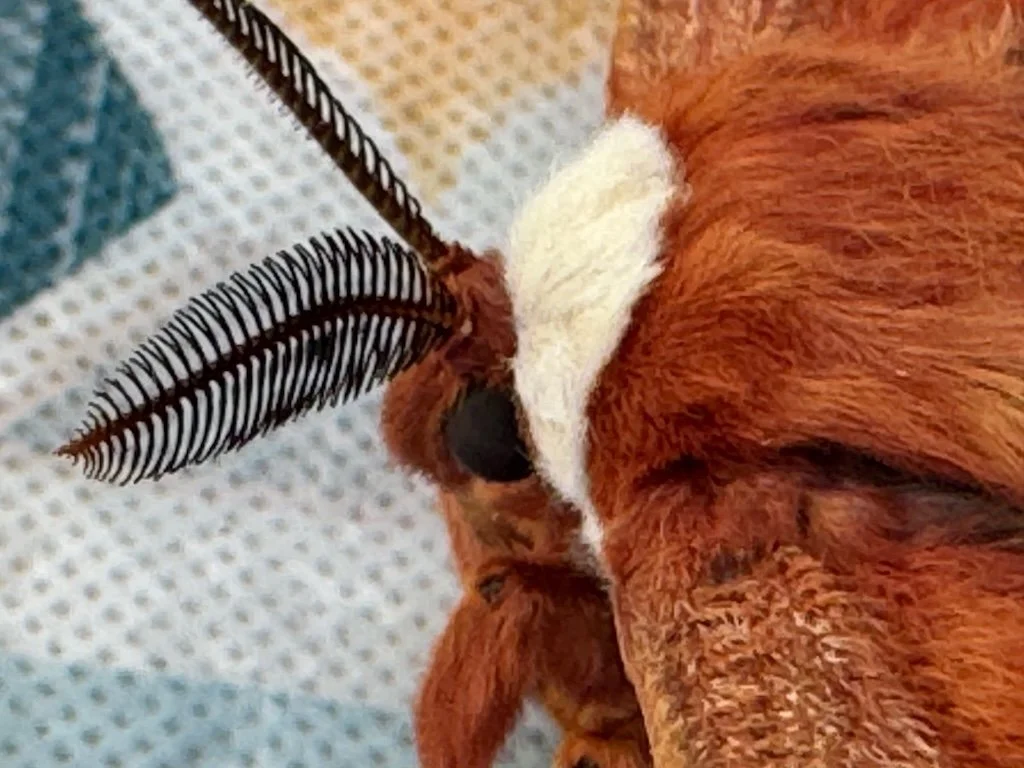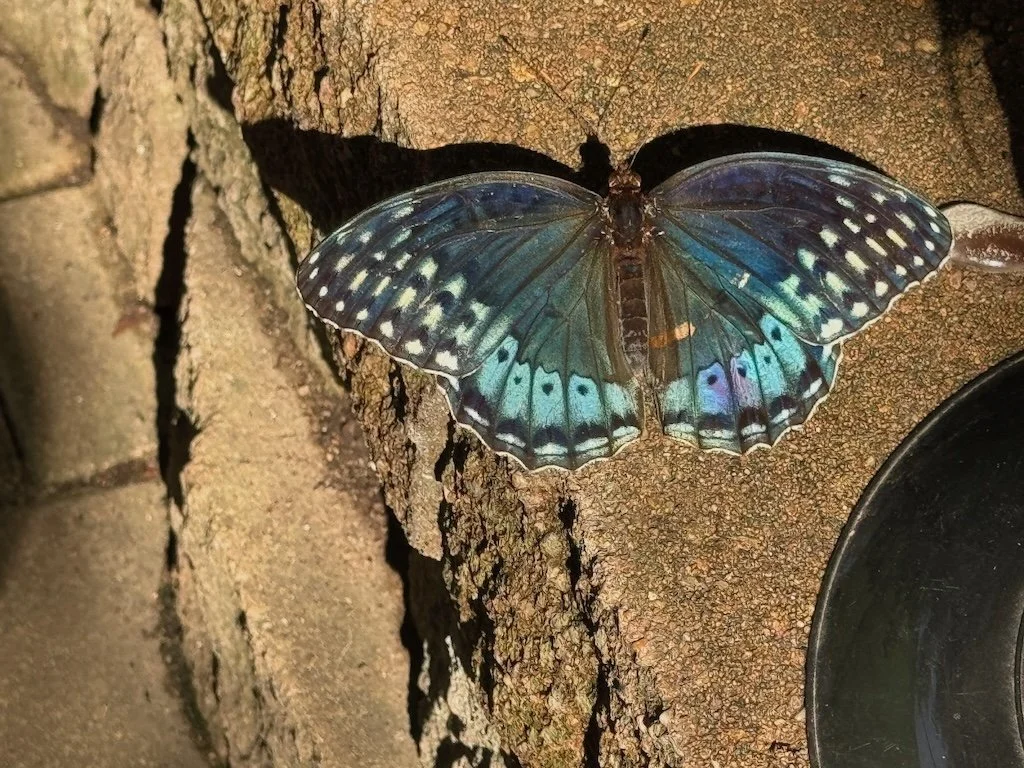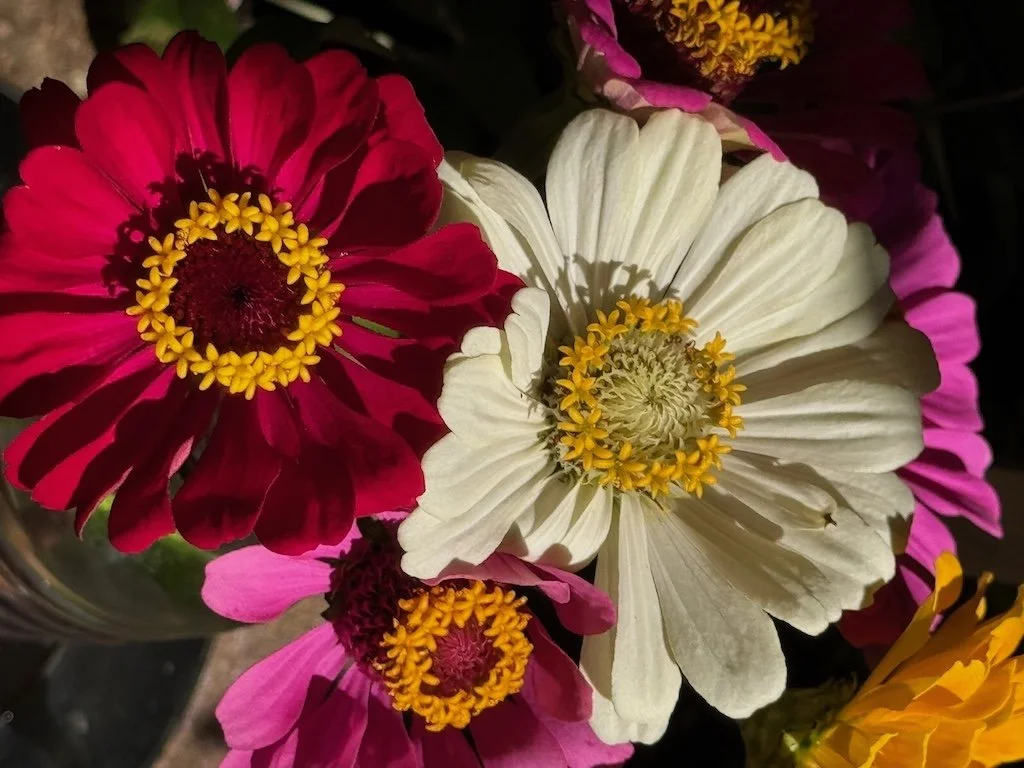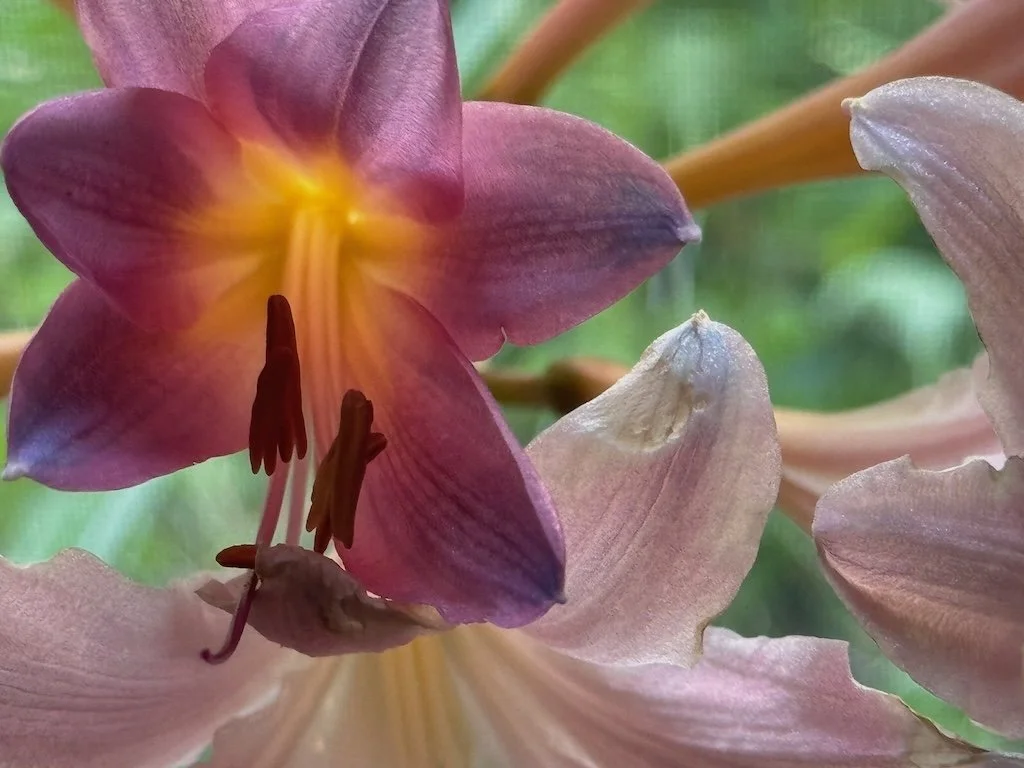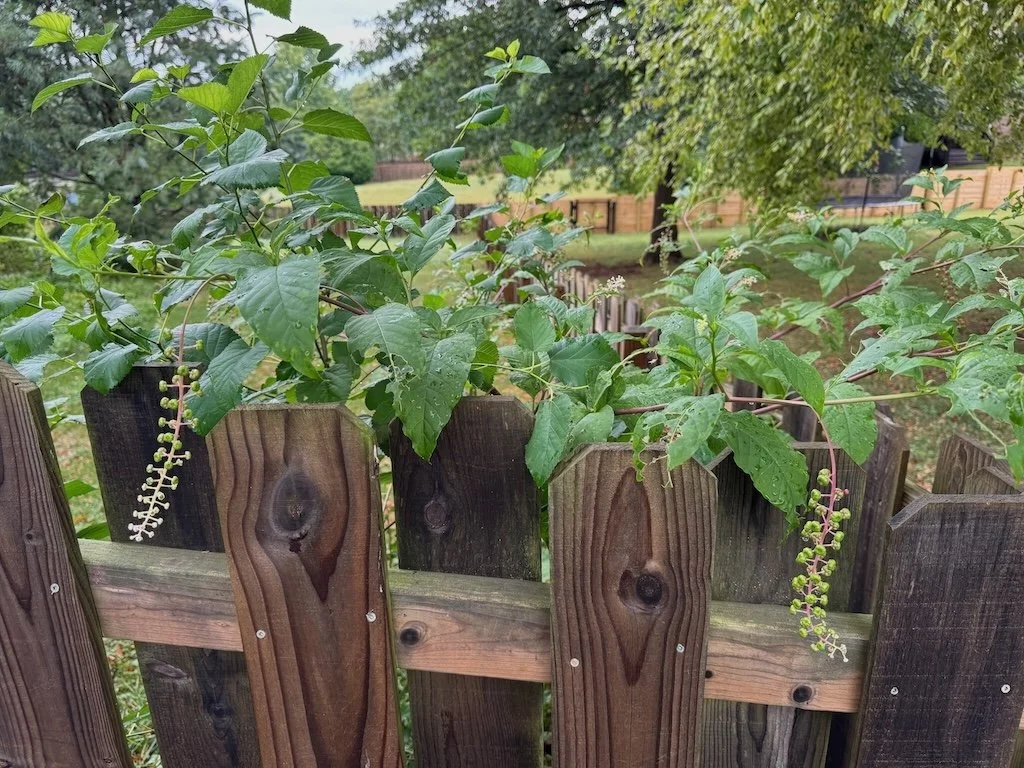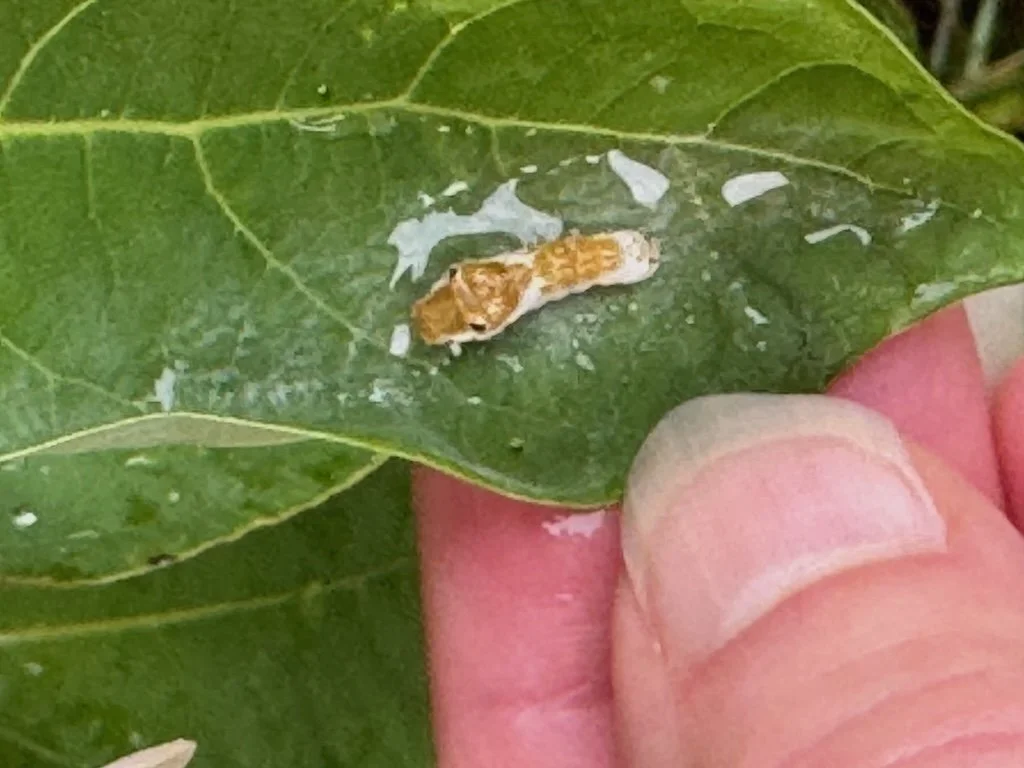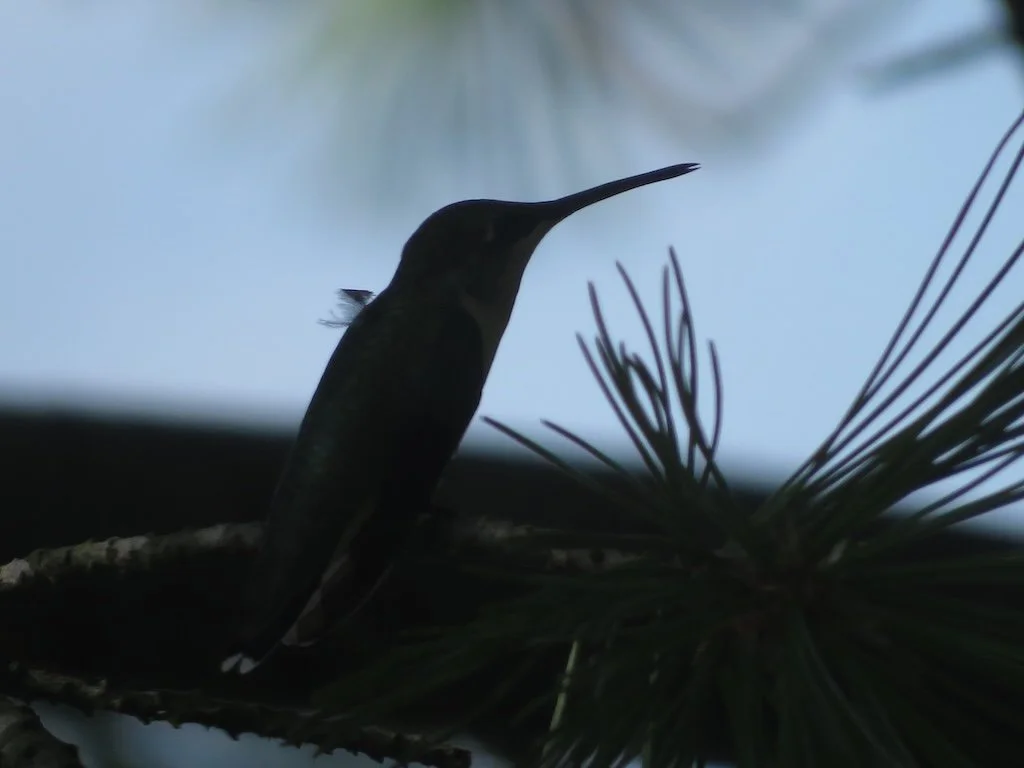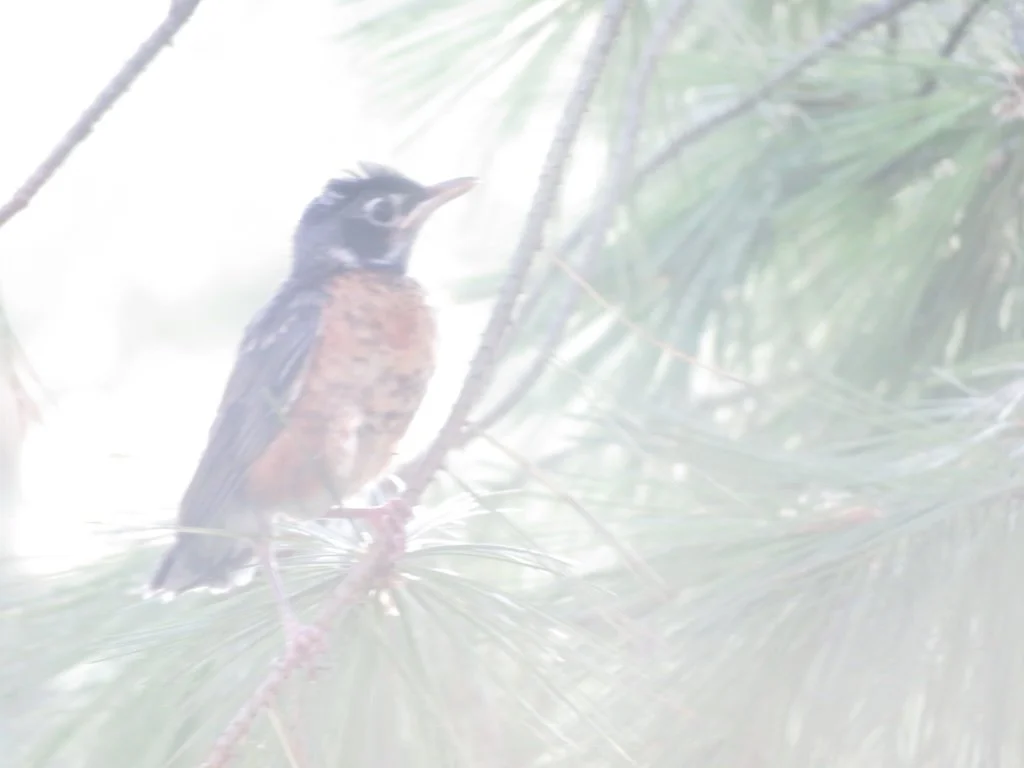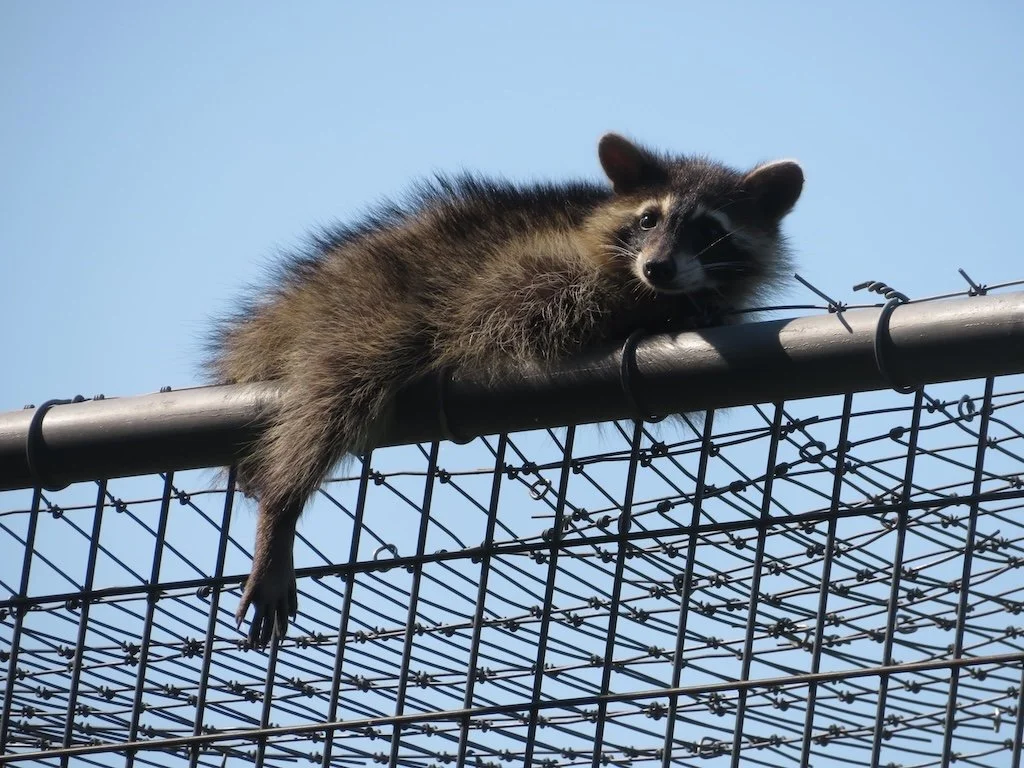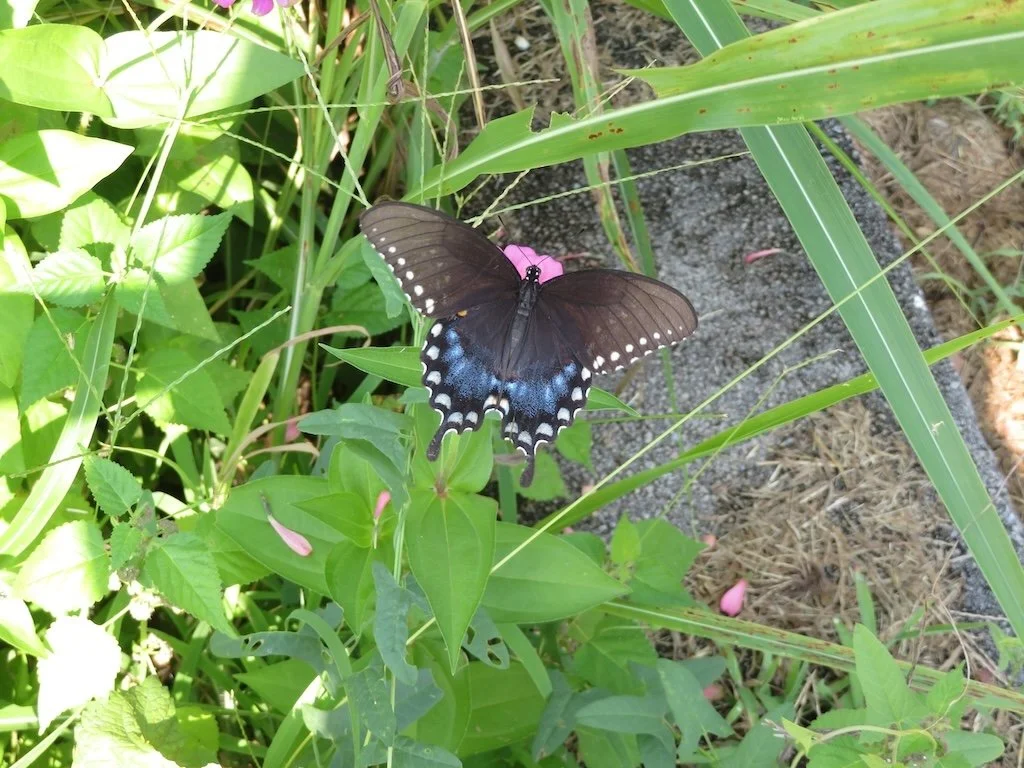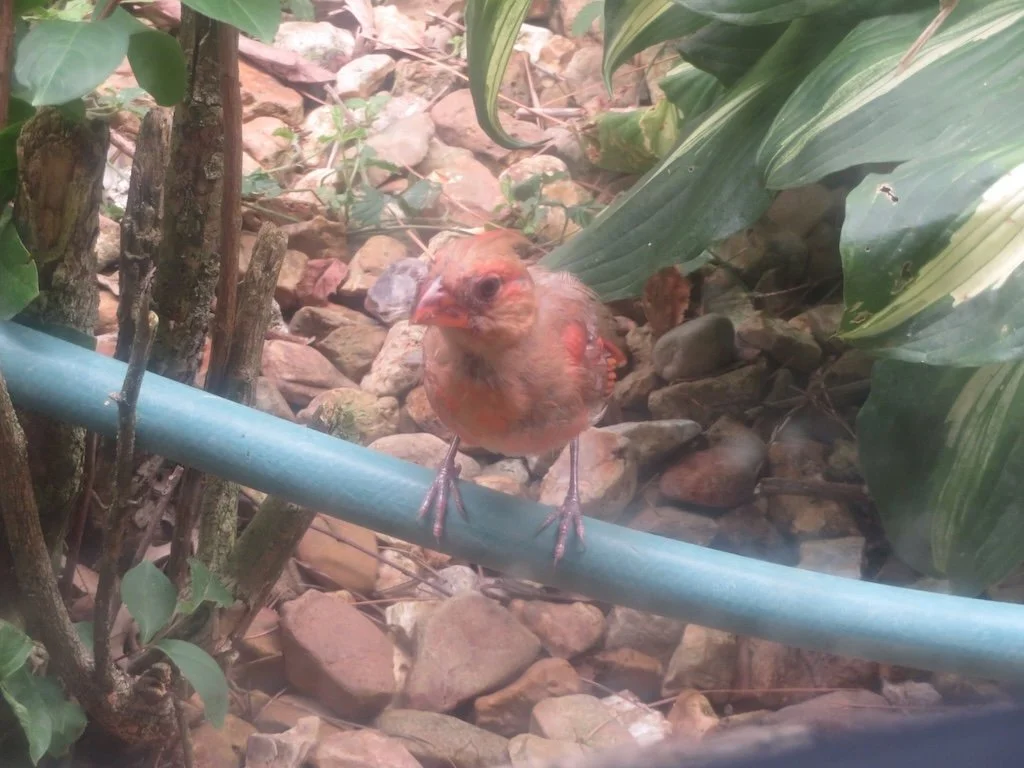Gleanings of the Week Ending October 23, 2021
/The items below were ‘the cream’ of the articles and websites I found this past week. Click on the light green text to look at the article.
Roman noblewoman’s tomb reveals secrets of ancient concrete resilience – This research has application to the future: transitioning to Roman-like concrete could reduce the energy emissions of concrete production and installation by 85%...and improve the longevity of concrete by orders of magnitude.
How to bring more clean energy into our homes – It’s hard to know what to do that will make the most difference in decarbonization. Electrification is good…as long as the energy used to create the electricity is renewable. This article is explaining one attempt to make it simpler…but it doesn’t seem like it goes far enough.
Does the world need more sharks? – Evidently when sharks decline, herbivores increase and seagrass declines….resulting in less carbon sequestration in sea vegetation. So – more sharks would improve our climate change situation!
The incredible opportunity of community schoolyards – Transforming paved public schoolyard by adding trees, gardens and stormwater management systems and opening them to the public after hours….what’s not to like? It is good for children and the community…and reduces the heat island around the school.
Recycled concrete and CO2 from the air are made into a new building material – Potentially another way to reduce the energy and emissions to produce concrete…but there is still a challenge to make it strong enough for all the current places we use concrete - to make calcium carbonate concrete viable in the future.
10 Writing Awards for Cool Green Science – Some of the 10 have probably be in my gleanings before…but they are worth looking at again.
We need to talk about your gas stove, your health and climate change – 35 years ago, I thought gas stoves were wonderful….but I haven’t had one since 1986, and I won’t buy a house in the future with one (or I will replace it immediately). My current house does have a gas hot water heater and furnace…but I plan to jettison those too. And I don’t want a gas fireplace either!
Clean air matters for a healthy brain – I check the Air Quality Index on Weather.com and there are too many days that the PMI2.5 level is ‘yellow’ where I live now in Maryland. I try to not spend a lot of time outdoors on those days. It’s another something to think about when/if I move out of the area.
The American Bumblebee Has Vanished From Eight States – The 8 states are: Maine, Rhode Island, New Hampshire, Vermont, Idaho, North Dakota, Wyoming, and Oregon. That doesn’t mean other places are much better. They have declined 99% in New York; 50% in the Midwest and Southeast.
Large scale solar parks cool surrounding land – The observation is interesting. I wonder if the solar parks that I’ve seen frequently around airports in the US are large enough to make up for the heat island effect of all the concrete and asphalt surfaces of the airports.





















